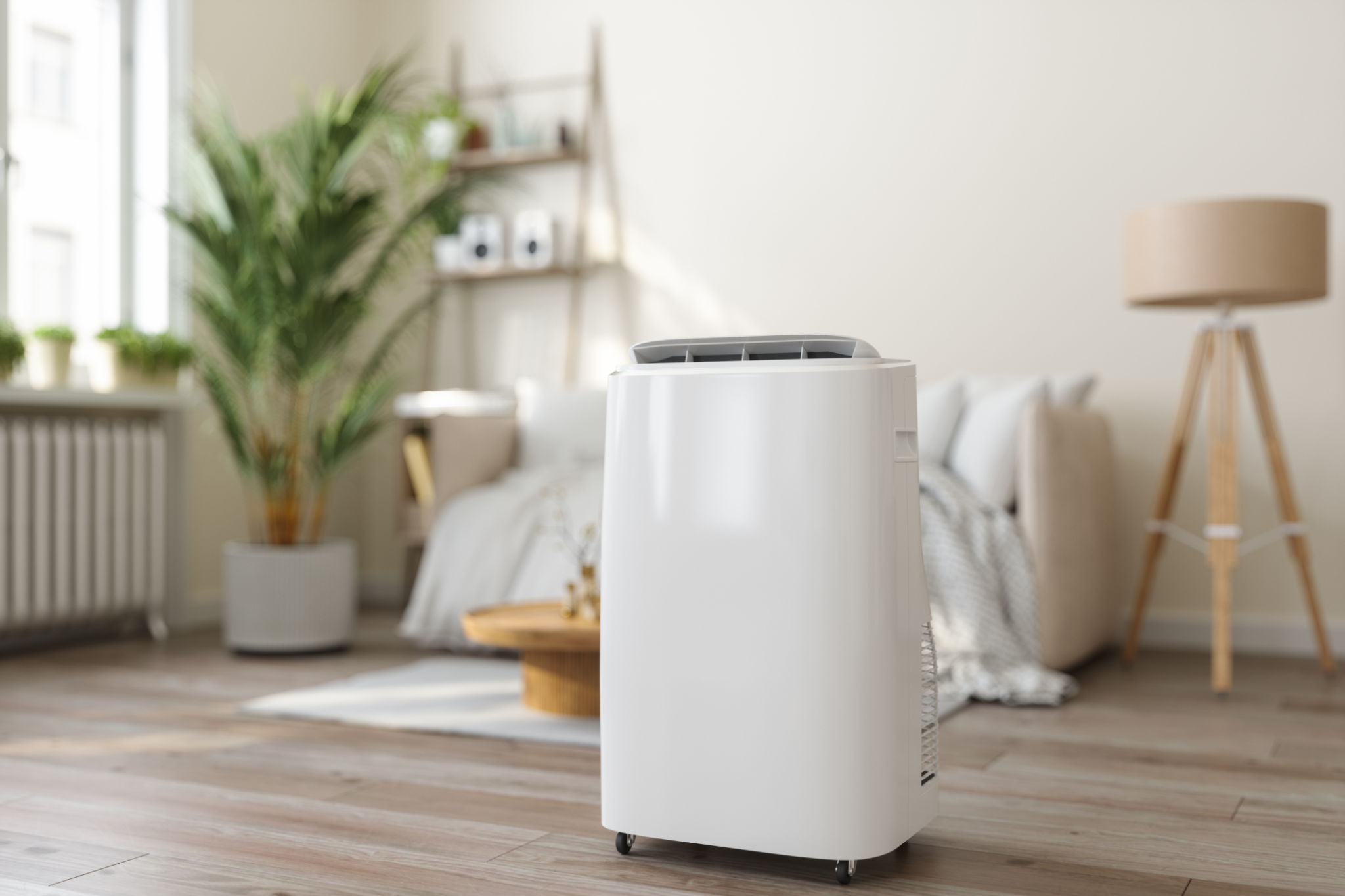How Seasonal Changes Affect Electronics and Repair Needs
Understanding Seasonal Effects on Electronics
As the seasons change, so do the challenges faced by electronic devices. Each season brings its own set of environmental conditions that can impact the performance and longevity of your gadgets. Understanding these effects can help you anticipate potential issues and take proactive measures to protect your valuable electronics.

Winter: Cold Temperatures and Condensation
During winter, cold temperatures can affect battery performance in devices like smartphones and laptops. Batteries tend to discharge faster in colder conditions, reducing the overall efficiency of your device. Additionally, moving devices from cold outdoor environments to warm indoor settings can lead to condensation, which may cause internal damage if moisture seeps into sensitive components.
To mitigate these risks, keep your devices insulated when outdoors and allow them to acclimate slowly when transitioning between environments. Using protective cases and avoiding direct exposure to extreme temperatures can also help preserve battery life and functionality.
Spring: Humidity and Moisture
Spring often brings increased humidity and moisture levels, which can pose a threat to electronic devices. High humidity can lead to corrosion of internal components, while accidental water exposure from unexpected rain showers can cause short circuits or permanent damage.
To protect your electronics during spring, consider using waterproof cases or pouches for portable devices. Regularly cleaning and maintaining devices can also help prevent the buildup of moisture-related damage over time.

Summer: Heat and Overheating
Summer heat can be particularly harsh on electronics, leading to overheating and potential damage. High temperatures can cause devices to shut down unexpectedly, reduce the lifespan of components, and even result in data loss. Devices like smartphones, tablets, and laptops are especially vulnerable when left in direct sunlight or enclosed spaces like cars.
To avoid overheating, keep electronics in the shade, use cooling pads for laptops, and avoid charging devices in hot environments. Ensuring proper ventilation and avoiding excessive usage during peak heat hours can also help maintain optimal performance.

Fall: Dust and Debris
Fall is often associated with an increase in dust and debris as leaves shed and dry conditions prevail. This can lead to the accumulation of dust in electronic devices, affecting cooling systems and performance. Dust buildup can block air vents, causing devices to overheat or function inefficiently.
Regular cleaning of devices with compressed air or soft brushes can prevent dust accumulation. Additionally, placing devices on clean surfaces and using dust covers when not in use can help protect against seasonal debris.
Preparing for Seasonal Changes
Proactively preparing for seasonal changes is crucial in preserving the health of your electronics. Implementing protective measures such as using appropriate cases, maintaining regular cleaning routines, and being mindful of environmental conditions can significantly reduce the risk of damage.
By understanding how different seasons affect electronic devices, you can ensure that your gadgets continue to function optimally throughout the year. Staying informed and taking preventive steps will not only extend the life of your electronics but also enhance their performance in varying conditions.